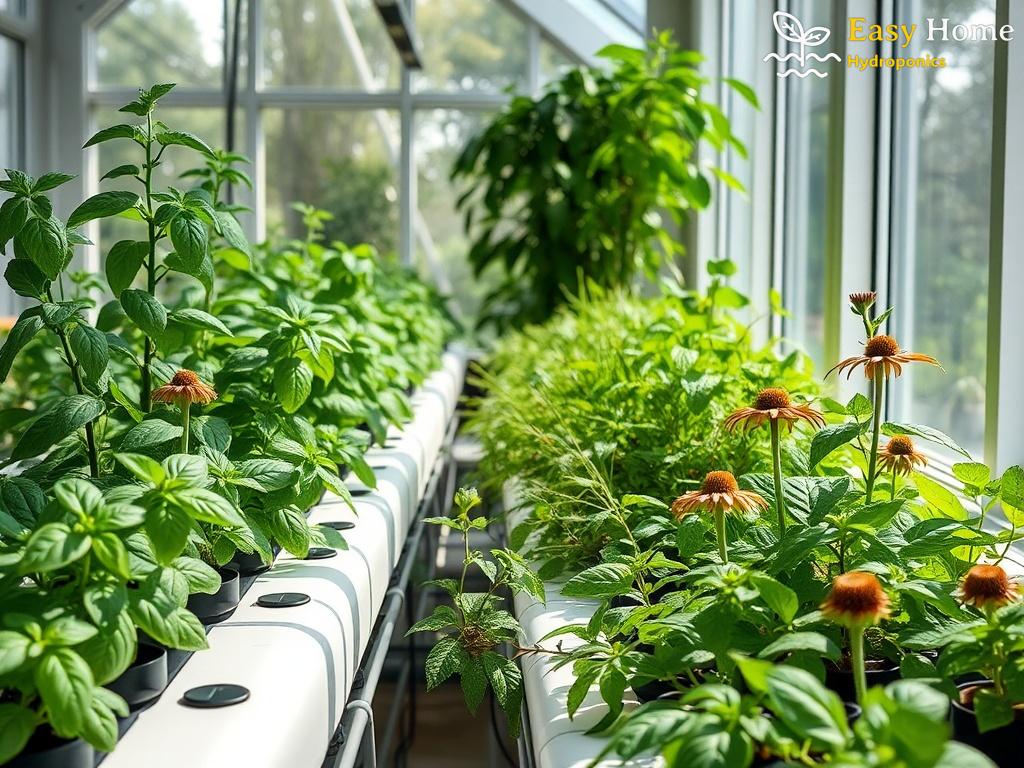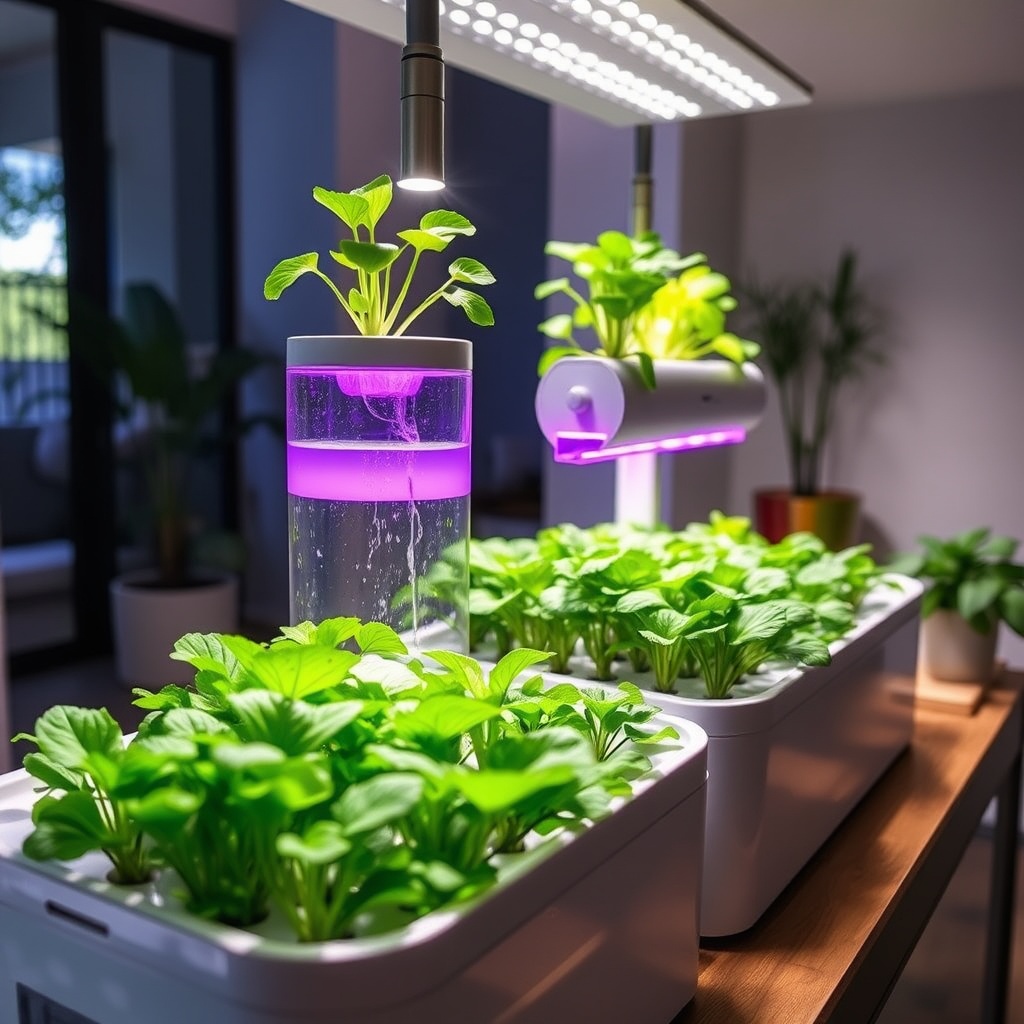Revolutionizing Hydroponics with Food Waste

In a world where food security is increasingly threatened by climate change and population growth, innovative solutions are vital. Hydroponics, the practice of growing plants in nutrient-rich water, is gaining traction as a sustainable agricultural method. However, the challenge lies in sourcing the nutrients required for optimal plant growth. Imagine harnessing the potential of food waste—an abundant resource that often ends up in landfills. By utilizing food waste as a nutrient source in hydroponics, we can create a circular economy that not only reduces waste but also promotes sustainable agriculture.
Understanding the Nutritional Potential of Food Waste

Food waste encompasses a variety of organic materials, from vegetable peels to expired fruits, which are often rich in essential nutrients such as nitrogen, phosphorus, and potassium. These elements are crucial for plant growth and can be extracted through composting or anaerobic digestion methods. By understanding the nutritional potential of food waste, hydroponic growers can tailor their nutrient solutions to create a thriving environment for their plants.
Here’s a brief overview of how different types of food waste can be utilized:
- Vegetable Scraps: Rich in nitrogen, ideal for leafy greens.
- Fruit Peels: Provide potassium, perfect for flowering plants.
- Coffee Grounds: Excellent source of nitrogen and can attract beneficial microbes.
Innovative Techniques for Incorporating Food Waste
To fully leverage food waste in hydroponic systems, several innovative techniques are emerging. These methods not only enhance the nutrient profile of the water but also contribute to environmental sustainability. Some notable techniques include:
- Fermentation: This method involves fermenting food waste to create a nutrient-rich liquid that can be diluted and used in hydroponic systems.
- Composting Leachate: Collecting the liquid runoff from composting organic matter can provide a concentrated source of nutrients.
- Anaerobic Digestion: Breaking down food waste in the absence of oxygen produces biogas and nutrient-rich digestate that can be used in hydroponics.
The integration of food waste into hydroponics not only supports plant growth but also exemplifies a commitment to environmental stewardship and waste reduction. As we continue to innovate and adapt in the face of global challenges, the marriage of food waste and hydroponic systems could very well be a cornerstone of the sustainable agriculture movement.




